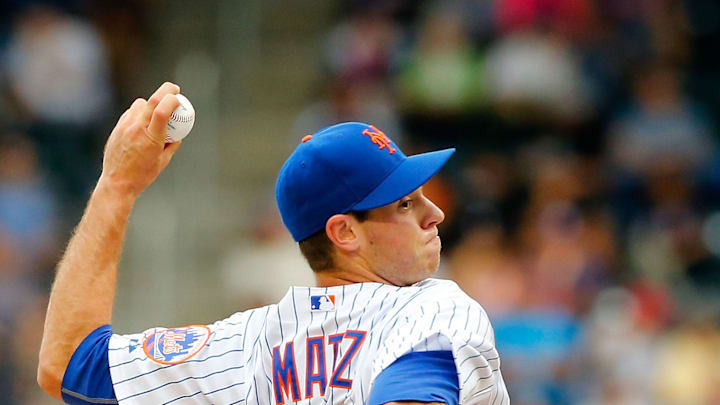Paul Wilson never lived up to the Mets' expectations
When the Mets selected Wilson with the first overall pick in the 1994 MLB draft, he was meant to be one of New York's best pitchers for years to come. Wilson, along with Bill Pulsipher and Jason Isringhausen, were supposed to change New York's pitching woes. The three were deemed "Generation K."
But, after pitching over 186 innings in the minor leagues in 1994 and 1995, Wilson arrived to the MLB as an older product. IN one full season with the Mets (26 starts), he had a record of 5-12 with an ERA of 5.38. He suffered a shoulder injury before the 1997 season and did not pitch again in the MLB until 2000. But, 1996 was his only season with the Mets.
What led to Wilson's career being sidetracked? The main reason is injuries and overuse. Between pitching a ton in the minor leagues, to dealing with right arm tendonitis his one year as a Met, to the shoulder injury that essentially ended his career in New York, Wilson was never able to put it together.
He was at the forefront of Generation K and what happened was disappointing, to say the least.
